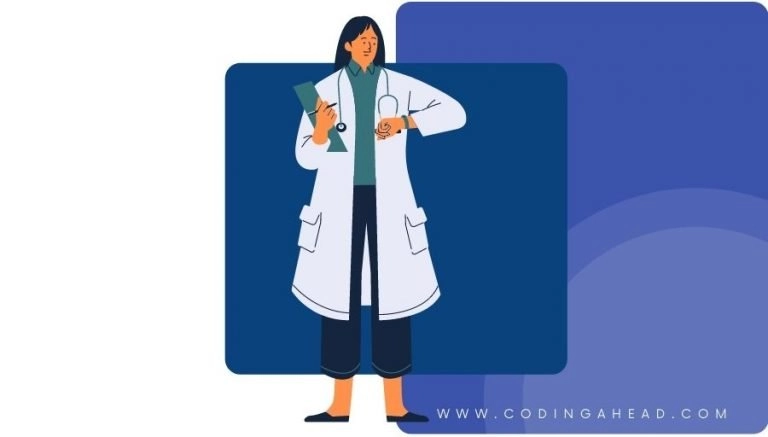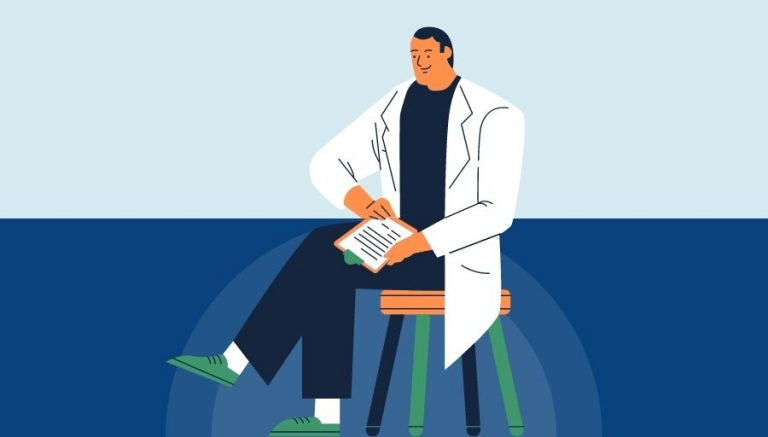How To Use CPT Code 43197
CPT 43197 describes the diagnostic procedure of flexible transnasal esophagoscopy, including the collection of specimen(s) by brushing or washing, when performed as a separate procedure. This article will cover the description, procedure, qualifying circumstances, appropriate usage, documentation requirements, billing guidelines, historical information and billing examples.
1. What is CPT Code 43197?
CPT 43197 can be used to describe the diagnostic procedure of flexible transnasal esophagoscopy, which involves the examination of the esophagus using a flexible esophagoscope inserted through the nose. This procedure allows the healthcare provider to determine the cause of symptoms such as difficulty swallowing. Additionally, the provider may collect samples of suspicious tissue by brushing or washing the area for further laboratory analysis.
2. Official Description
The official description of CPT code 43197 is: ‘Esophagoscopy, flexible, transnasal; diagnostic, including collection of specimen(s) by brushing or washing, when performed (separate procedure).’ It is important to note that CPT 43197 should not be reported in conjunction with specific other codes, as mentioned in the notes section.
3. Procedure
- The healthcare provider prepares the patient and administers anesthesia if necessary.
- Using a flexible esophagoscope, the provider inserts the instrument through the patient’s nose and advances it down the throat to the level of the esophagus.
- The provider carefully examines the esophagus, including the submucosal area, using the light source and camera attached to the esophagoscope.
- If any suspicious tissue is identified, the provider collects samples by brushing or washing the area to obtain cellular material for laboratory analysis.
- Once the examination and specimen collection are complete, the provider removes all instruments and withdraws the esophagoscope.
4. Qualifying circumstances
CPT 43197 is typically performed on patients who present with symptoms that require further investigation of the esophagus. The procedure is used to diagnose the type of disease and its causes. It is important to note that CPT 43197 should not be reported in conjunction with specific other codes, as mentioned in the notes section.
5. When to use CPT code 43197
CPT code 43197 should be used when a healthcare provider performs a separate diagnostic procedure of flexible transnasal esophagoscopy, including the collection of specimen(s) by brushing or washing. It is important to ensure that this code is not reported in conjunction with specific other codes, as mentioned in the notes section.
6. Documentation requirements
To support a claim for CPT 43197, the healthcare provider must document the following information:
- Reason for performing the procedure and the patient’s symptoms
- Details of the flexible transnasal esophagoscopy procedure, including the use of a flexible esophagoscope and the collection of specimens by brushing or washing
- Date and duration of the procedure
- Findings from the examination, including any abnormalities or suspicious tissue
- Any additional actions taken during the procedure
- Signature of the healthcare provider performing the procedure
7. Billing guidelines
When billing for CPT 43197, ensure that the procedure is performed as a separate diagnostic procedure of flexible transnasal esophagoscopy, including the collection of specimen(s) by brushing or washing. It is important to follow the guidelines mentioned in the notes section and not report CPT 43197 in conjunction with specific other codes.
8. Historical information
CPT 43197 was added to the Current Procedural Terminology system on January 1, 2014. There was a code change on January 1, 2015, which updated the official description to include the phrase ‘includes collection of specimen(s) by brushing or washing when performed (separate procedure).’ No further updates have been made to the code since its addition.
9. Examples
- A gastroenterologist performs a separate diagnostic procedure of flexible transnasal esophagoscopy on a patient experiencing chronic difficulty swallowing. During the procedure, the gastroenterologist collects samples of suspicious tissue by brushing the area for further analysis.
- A otolaryngologist conducts a separate diagnostic procedure of flexible transnasal esophagoscopy on a patient with persistent throat pain. The otolaryngologist carefully examines the esophagus and collects specimens by washing the area to determine the cause of the symptoms.
- A pulmonologist performs a separate diagnostic procedure of flexible transnasal esophagoscopy on a patient with a history of acid reflux. The pulmonologist identifies abnormalities during the examination and collects samples of suspicious tissue by brushing for further evaluation.
- A general surgeon conducts a separate diagnostic procedure of flexible transnasal esophagoscopy on a patient with unexplained weight loss. The surgeon carefully examines the esophagus and collects specimens by washing the area to investigate the underlying cause.
- An oncologist performs a separate diagnostic procedure of flexible transnasal esophagoscopy on a patient with a suspected esophageal tumor. The oncologist collects samples of suspicious tissue by brushing the area to confirm the diagnosis.
- A gastroenterologist conducts a separate diagnostic procedure of flexible transnasal esophagoscopy on a patient with recurring acid reflux symptoms. During the procedure, the gastroenterologist collects samples of suspicious tissue by washing the area for further analysis.



